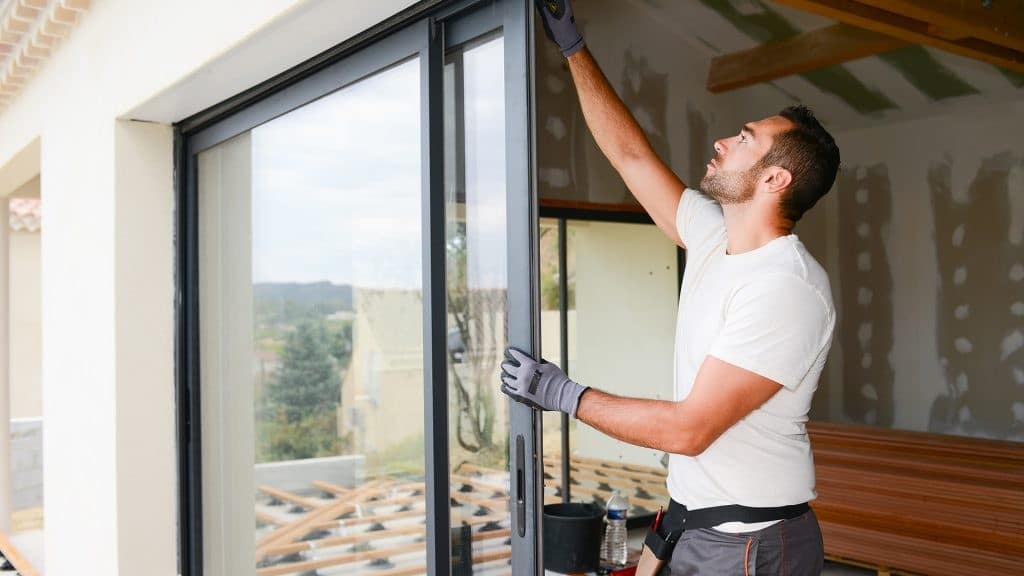Shopping for replacement windows requires you to look beyond aesthetics and consider how your choices will affect your annual heating and cooling consumption. Well-chosen windows can regulate indoor temperatures, reduce the strain on your HVAC system and decrease your energy bills while maintaining year-round comfort.
One factor to evaluate is the solar heat gain coefficient — a rating system that measures solar radiation that passes through the glass.
How Does the SHGC Work?
The solar heat gain coefficient determines how much heat the window will allow into your home. The rating is simple, ranging from zero to one. Zero indicates a window will completely bar solar heat from passing through. Meanwhile, one means all the thermal energy can enter your home.
The National Fenestration Rating Council tests windows and assigns SHGC ratings. No matter what window style you choose, you should verify its energy-efficient properties beforehand.
How the SHGC Affects Home Energy Efficiency

SHGC is a way to interpret the quality behind different windows. If you live in a hotter climate and have more intensive comfort needs, you can seek products with a lower SHGC. Optimizing these openings in your home will let you rely less on air conditioning and other cooling systems.
Lowering your energy consumption can manage utility costs and maintain household sustainability without compromising your indoor temperatures. Other factors include the following.
- Comfort: SHGC ratings can help you identify a window’s temperature regulation abilities if you experience cold drafts or temperature fluctuations in your home.
- UV protection: Ultraviolet rays can prematurely age you and make you more susceptible to skin cancer. Exposing your furniture, flooring and other materials to sunlight will also fade them. Use SHGC as a reference point for how well your windows can protect your interior.
- Appliance shopping: If you have low-SHGC windows, you can pair them with energy-efficient appliances to optimize your home’s power consumption.
Factors in Analyzing SHGC Ratings
Reading SHGC ratings is straightforward, as the numbers are relatively self-explanatory. Still, you should consider several other factors when analyzing the SHGC rating.
1. Other Labels
Other energy performance ratings often accompany the SHGC tag. For example, the U-factor refers to how much heat your home will lose through the window. It follows the same zero-to-one rating system, with lower U-values losing less heat.
Visible light transmittance closely relates to SHGC, too. This term refers to how much light passes through the glass. They are also on a zero-to-one scale, with zero ensuring no visible light gets to your home. Most windows with zero visible light transmittance have a tint.
2. Material Factors
The solar heat gain coefficient measures the energy performance of the window’s glass — not the surrounding materials. That means vinyl, aluminum and wood-framed windows could all have the same SHGC rating if they have identical glazing and coating technology integrated into their glass.
3. Regional Considerations
Consider your environment and climate before settling on the ideal SHGC rating. For example, homes in the South would benefit from having windows with an SHGC value under 0.27, which will block more heat.
Those who experience all four seasons should gauge the changing weather trends. You could explore higher SHGC ratings if you live in a region with long, snowy winters. Remember to compare other ratings like the U-factor to ensure peak energy efficiency.
Additional Considerations in Improving Energy Efficiency

Checking the SHGC rating is a best practice for enhancing your home’s energy efficiency. However, there are still other ways to improve performance.
1. Placement
Windows’ placement and orientation can affect how much heat they transmit. South-facing windows often provide passive heating for colder climates, as they maximize solar gain throughout the day. Larger windows can further amplify this effect by inviting more thermal energy indoors. You may prefer east- and west-facing windows if cooling is a priority. These will allow sunlight in during morning and evening hours while minimizing midday heat buildup.
2. Insulation
Use insulation to manage your year-round energy consumption. Add weatherstripping to reduce air leaks around the windows and keep your HVAC system running as efficiently as possible. Insulation is essential for casements in higher parts of your home, like the attic, or those with weaker framing materials.
3. Coverings
Homeowners can also improve energy efficiency by adding window coverings, as blinds and curtains regulate the amount of solar heat coming indoors. You can also consider applying specialized films or tints onto the glass to improve the SHGC rating and enhance its compatibility with your home.
Transform Your Home’s Energy Efficiency With SHGC
With enough knowledge and understanding of SHGC, you can make a more informed decision when choosing new windows for your home. Exercise several other practices to manage your household temperature and lower your power consumption.

